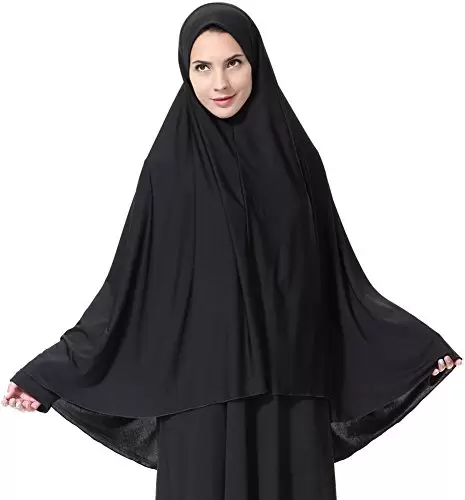The Islamic dress code for women during Hajj underscores modesty, reverence, and adherence to religious traditions. It requires covering the entire body with loose-fitting garments, avoiding adornments and perfumes. Women’s Ihram attire symbolizes humility and equality, devoid of embellishments. In Makkah, conservative dressing aligns with cultural norms. During Hajj, women wear black or white abayas and hijabs. Exiting Ihram, women trim a lock of hair. Restrictions on attire ensure focus, reverence, and safety throughout the pilgrimage, reflecting the spiritual significance of the journey. In this article we introduce you the Women’s attire during Hajj.
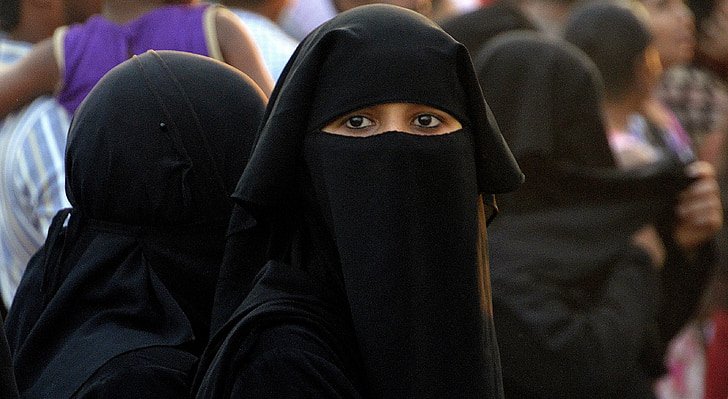
Islamic Dress Code for Women:
The Islamic dress code for women during Hajj encompasses several key requirements derived from Islamic Shari’ah. Firstly, the attire should cover the entire body, ensuring modesty and adherence to religious principles. It must be thick enough to prevent transparency, maintaining the privacy of the wearer. The clothing should be loose-fitting, avoiding tightness that may outline the body shape. Additionally, it should refrain from decorative elements or adornments that could attract undue attention. Perfumed attire is discouraged, and it should not be designed to be alluring or provocative. Importantly, the dress should not be considered “libas al-shuhrah,” meaning clothing intended to gain fame or attention. It should distinctly differ from men’s clothing and should not resemble the attire of non-believers. Furthermore, it must not feature symbols such as crosses or depictions of living beings. This comprehensive dress code serves to uphold the values of modesty, piety, and respect for religious traditions throughout the sacred pilgrimage of Hajj.
In general, women should cover their entire body except the roundness of face and their two hands. The feet up until ankles should be covered in front of non-mahram men, but upon saying her prayers, it is ok to not wear feet up until ankles if there is no non-mahram men there.
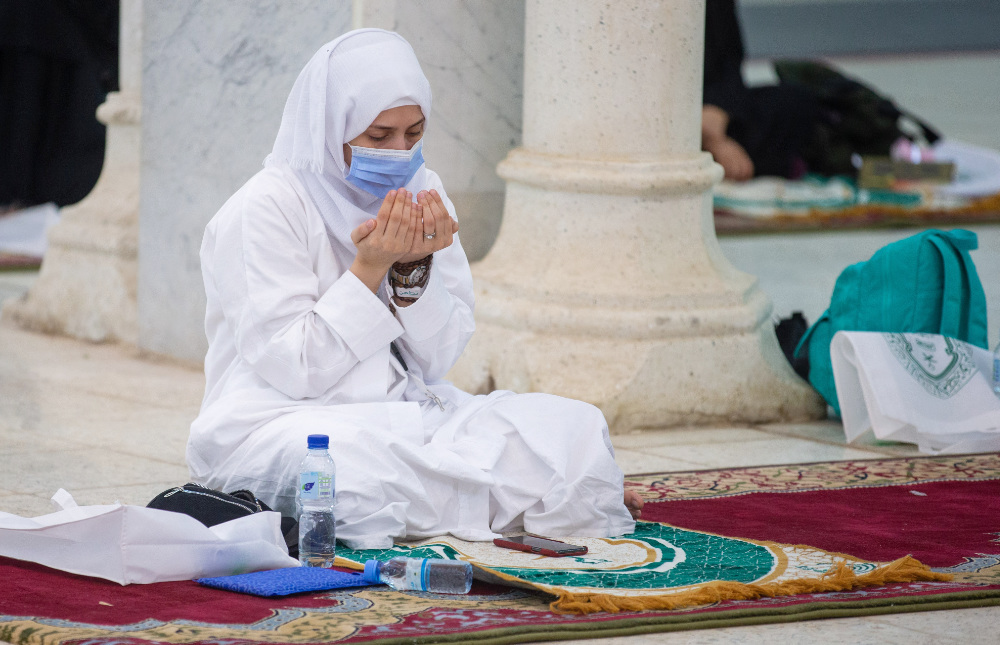
Women’s attire during Hajj:
Women’s ihram attire consists of a loose robe covering the entire body, devoid of adornments or colors, with permissible seams and buttons, available in white or black. Shoes should cover the entire foot.
As it has been said, in daily life, a woman should cover all parts of her body except the face and hands. She can choose to cover her face and hands or not to cover. But this rule is different in Hajj. And a woman should not cover her face and hands, and the use of niqab and gloves is not allowed.
Ihram for Women:
Women’s ihram clothing is designed for simplicity and modesty during pilgrimage. The loose-fitting robe envelops the entire body, free from any embellishments or vibrant colors, adhering to the solemnity of the pilgrimage ritual. Whether in white or black, the attire remains devoid of ostentation. Exposed hands and face maintain a connection with the surroundings, while shoes, covering the entire foot, ensure comfort and practicality throughout the journey. This attire symbolizes equality and humility before the divine, uniting pilgrims in a shared reverence as they embark on their sacred journey of devotion and self-discovery.
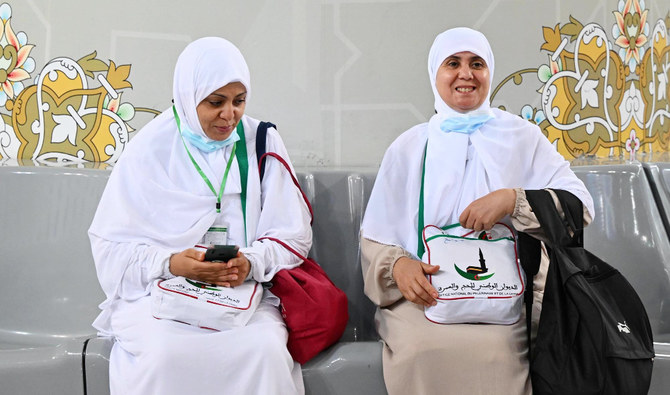
What to wear in Mekkah
In Makkah, dressing conservatively is paramount due to Saudi Arabia’s conservative norms. Prior to entering Ihram for Hajj or Umrah, men often opt for Western or traditional attire from their homeland. Women are advised to wear long, loose-fitting garments, covering their hair with a hijab instead of a loosely draped scarf. This cultural respect for modesty underscores the importance of adhering to local customs and traditions while honoring the sanctity of the pilgrimage experience.
What wear for hajj: Women’s attire during Hajj
During Hajj and Umrah, adhering to specific attire guidelines is essential. For men, upon entering Ihram and prior to engaging in sacred rituals, sewn clothing is prohibited. Following ritual cleansing (ghusl), they don a unique white garment comprising two seamless sheets or toweling fabric. One sheet wraps around the waist, secured with a belt or strip of Ihram material, while the other drapes over one or both shoulders. Undergarments and socks are eschewed, and heads remain uncovered, with sandals or slippers as customary footwear, symbolizing equality before God. Women’s Hajj attire offers more flexibility, with any color permissible as long as all but hands and face are veiled, commonly opting for black or white abayas and hijabs while in Ihram.
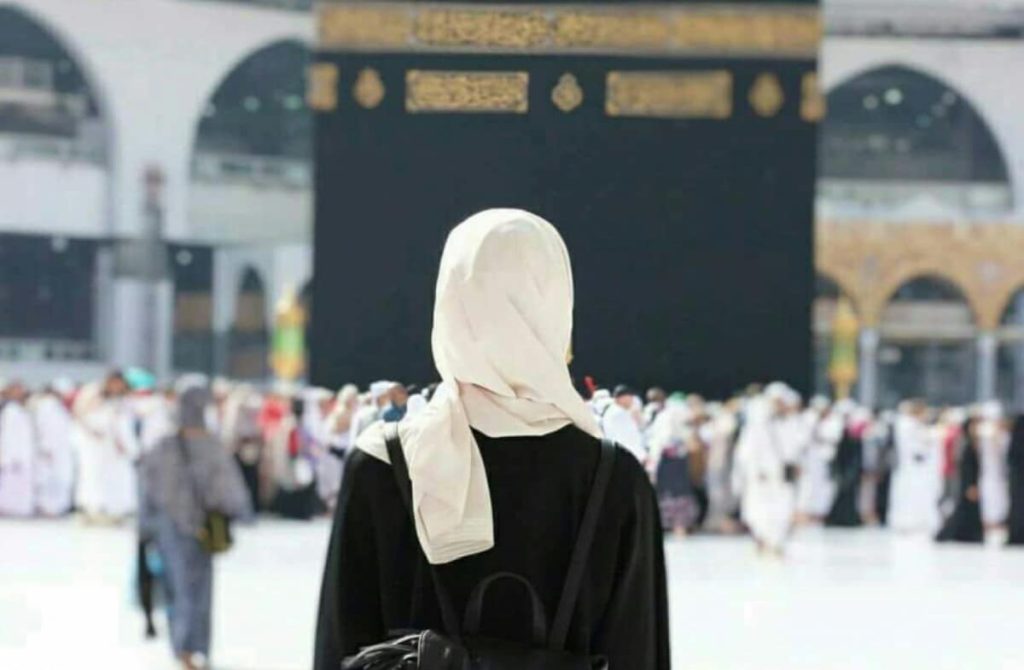
Exiting Ihram
Upon completing all the rites of Hajj or Umrah, women prepare to exit the state of Ihram. Unlike men who shave their heads (taqseer), women are instructed to trim just a lock of hair, as shaving their heads is deemed forbidden (haraam) for them. This symbolic gesture marks the conclusion of their pilgrimage journey and signifies a return to their ordinary state.
Restrictions for women
Restrictions apply to women’s attire during Umrah’s Ihram phase, including abstaining from wearing face veils or gloves while seeking divine blessings. Once in Ihram, women refrain from combing or clipping their hair to prevent hair loss. Jewelry, flashy garments, cosmetics, scented oils, and perfumes are also prohibited to ensure direct connection with God and avoid distractions or undue attention. Additionally, loud chanting of the Talbiyah is discouraged, with prayers recited softly to prevent distraction to others. Women coordinate their pilgrimage with menstruation cycles, as menstruating or postpartum women are forbidden from performing rituals or donning Ihram attire. While in Ihram, women maintain distance from unrelated men, remaining with their group or mahram in designated areas to avoid unwarranted interactions.
Safety and Comfort:
Here are some tips to ensure comfort and safety during Hajj and Umrah:
– Choose comfortable shoes suitable for extensive walking during the pilgrimage.
– Opt for slip-on shoes for easy removal when entering mosques.
– Remain vigilant against pickpockets and purse snatchers, particularly in crowded areas like the Haram. Keep valuables secured in your hotel room safe and only carry necessary funds for the day.
– Consider the advice of Hajj officials regarding participation in the pilgrimage, especially if pregnant, elderly, or accompanied by children under 12, due to the challenges of heat, crowds, and potential communicable diseases.
– Stay hydrated and limit exposure to the sun to prevent dehydration and heat-related illnesses, ensuring a safe and comfortable pilgrimage experience for all participants.
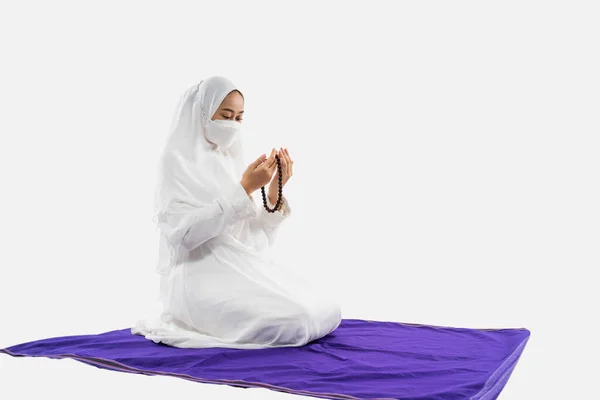
Final thought
Embarking on the pilgrimage of Hajj or Umrah is a profound journey of faith, reflection, and spiritual renewal. It’s a time to draw closer to the divine, to seek forgiveness, and to connect with fellow believers from around the world. As pilgrims navigate the rituals and challenges of the sacred journey, may they find comfort, safety, and solace in the guidance of their faith, the support of their companions, and the blessings of Allah. May their pilgrimage be a transformative experience, enriching their lives and strengthening their commitment to living with compassion, humility, and gratitude.

